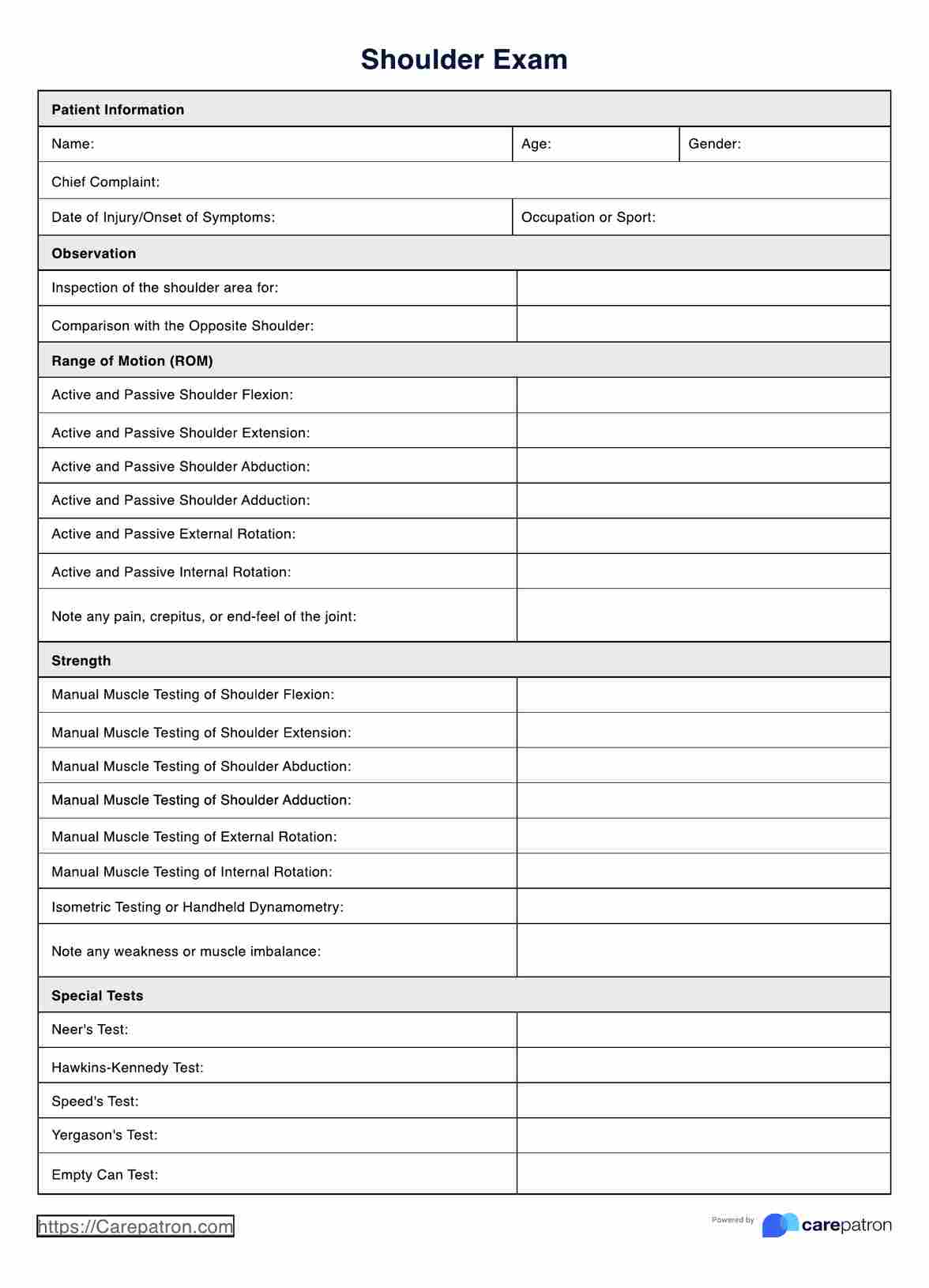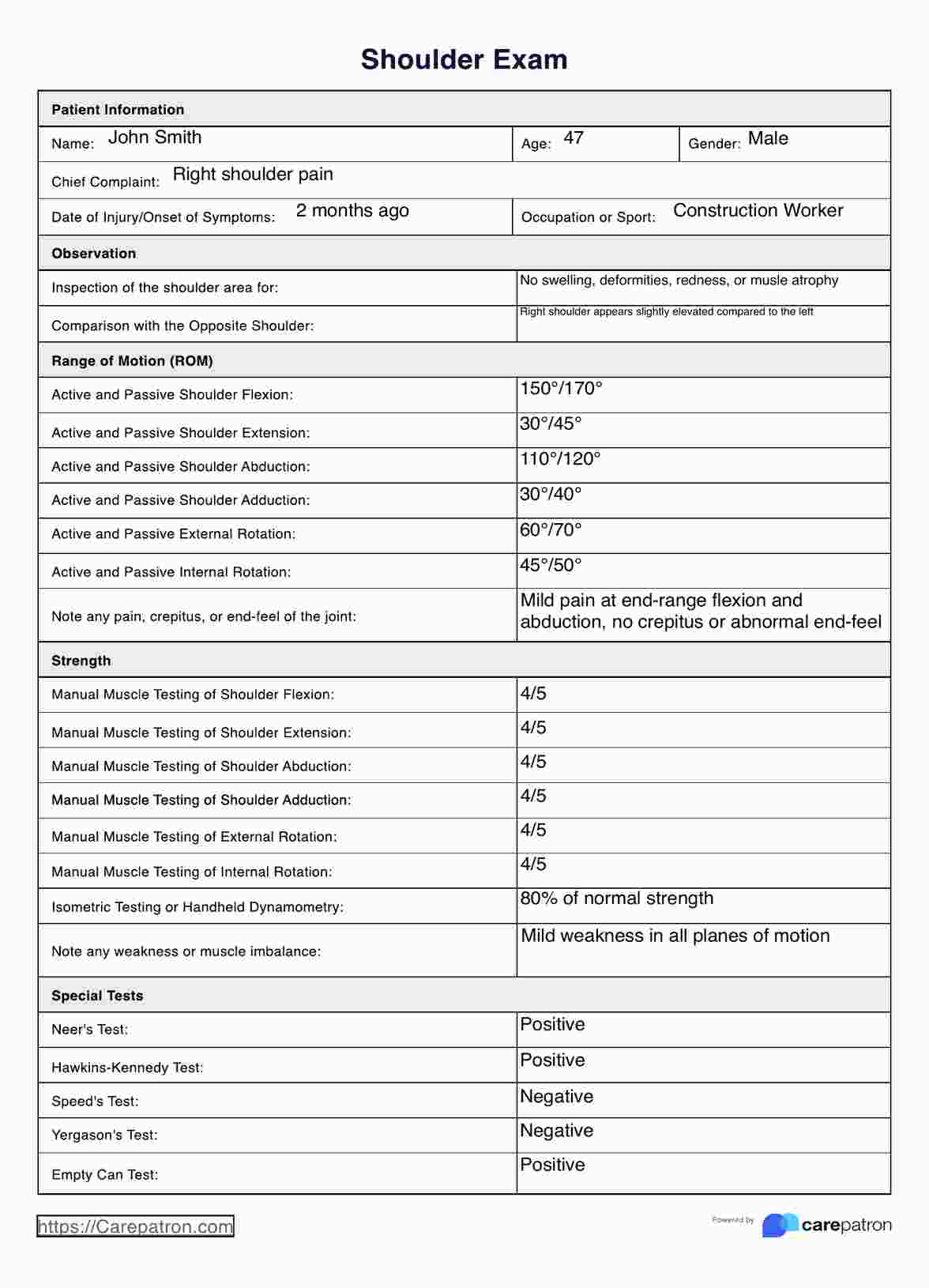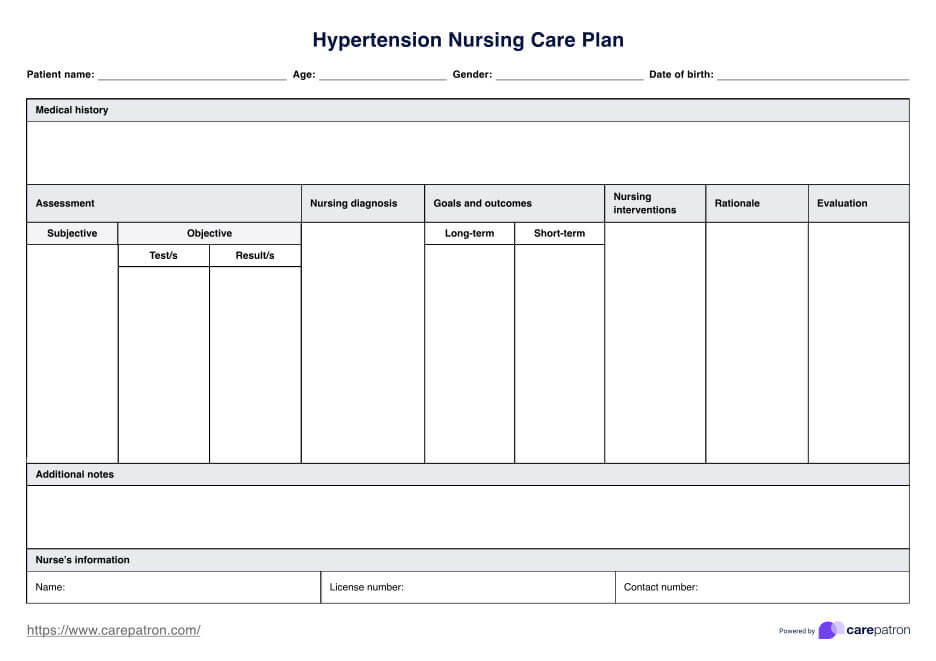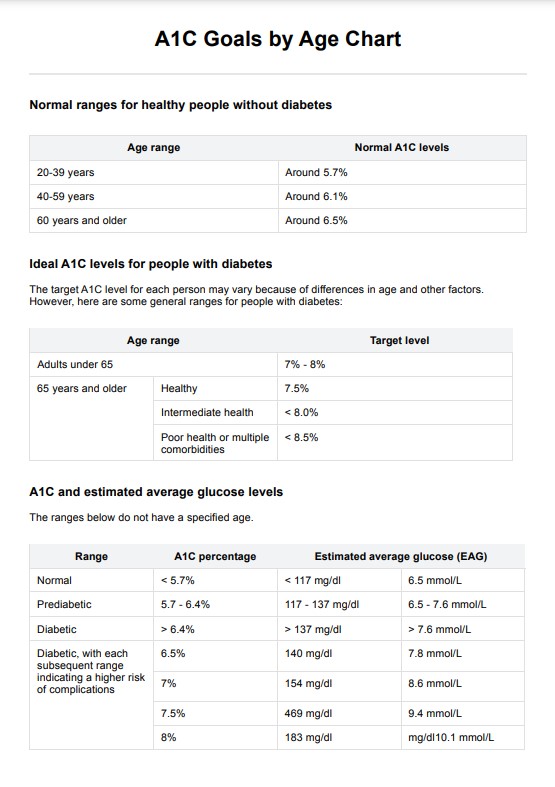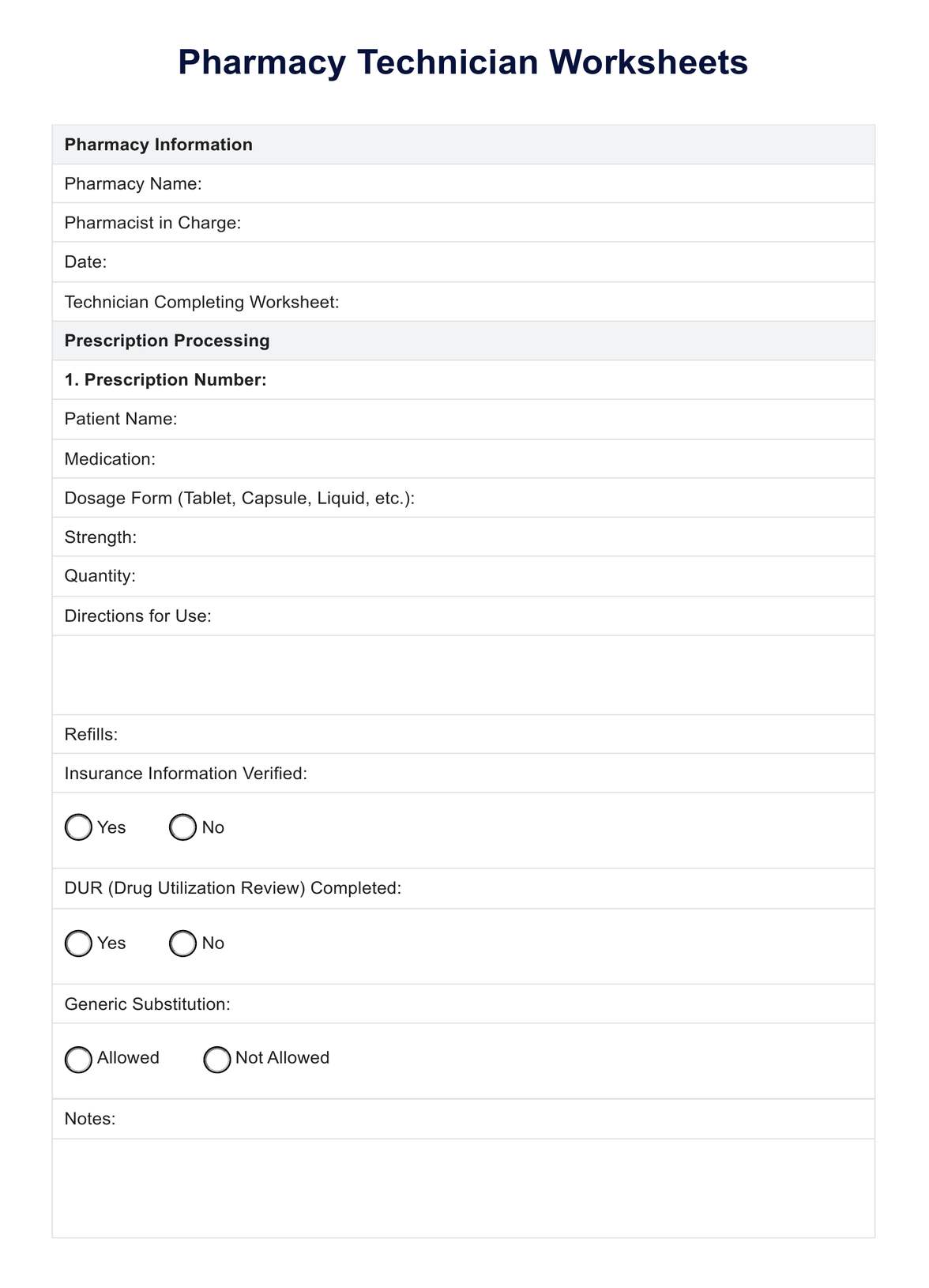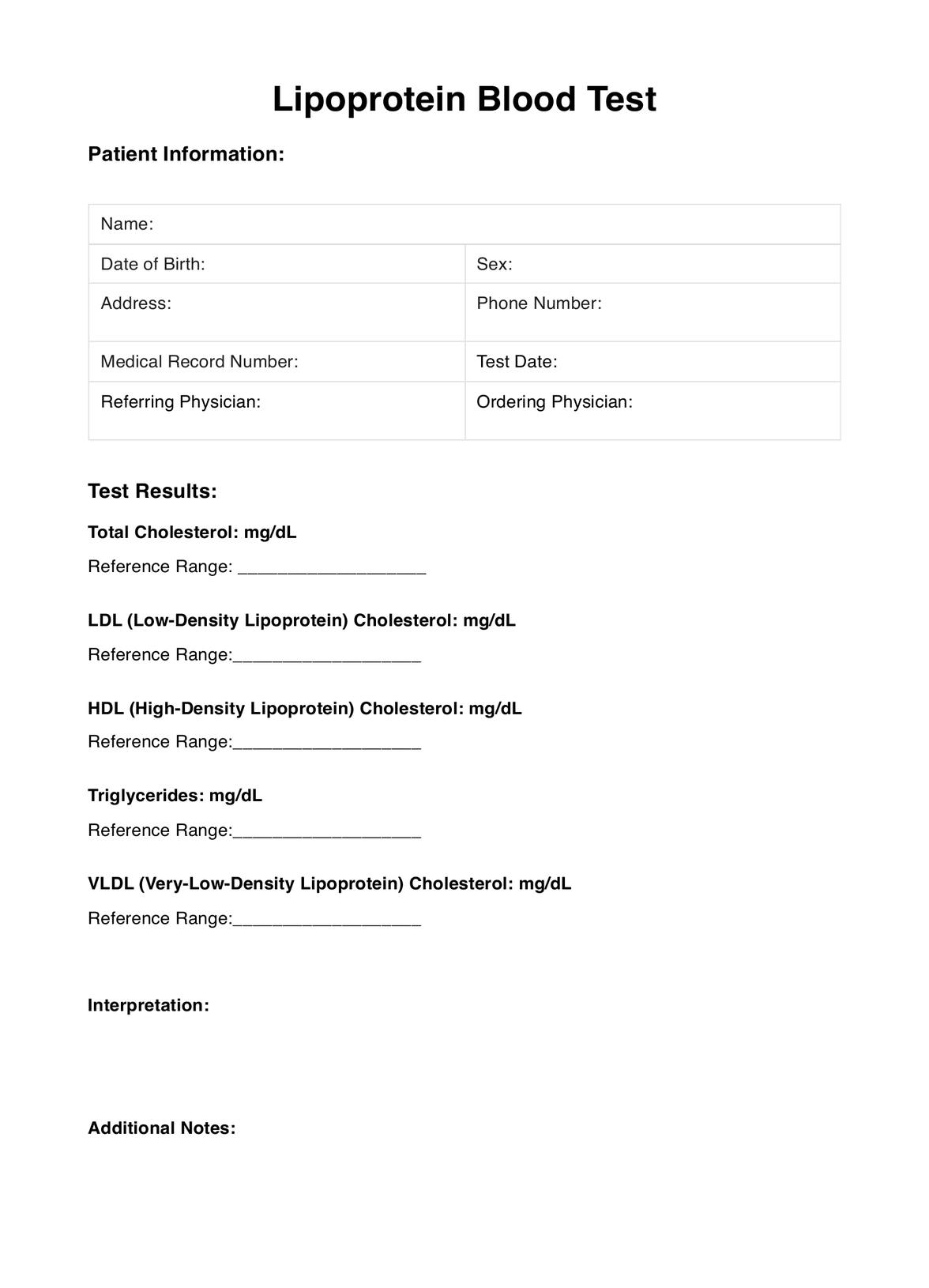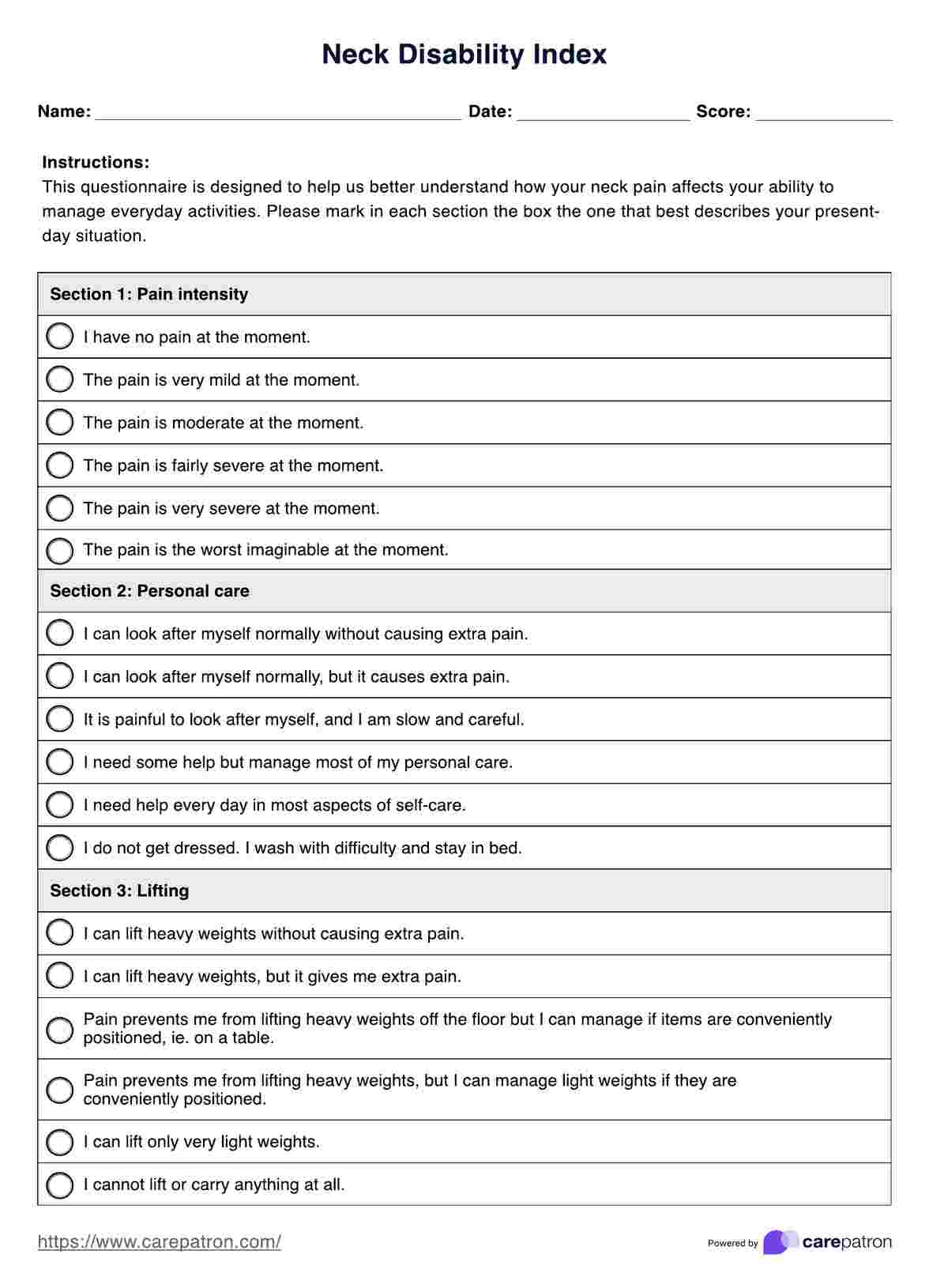Shoulder Exam
Learn how physical therapists conduct a shoulder exam using a sample assessment tool. Find out how they diagnose and treat shoulder injuries and pathologies.


Understanding the shoulder and its functions
The shoulder is one of the most flexible joints in the body. It plays an integral role in the movement and function of the upper limb. It comprises three bones: the clavicle (collarbone), the scapula (shoulder blade), and the humerus (upper arm bone). These bones interact at four joints - the sternoclavicular, acromioclavicular, glenohumeral, and scapulothoracic joints. Each joint contributes to the shoulder's overall stability and mobility.
Here is the breakdown of each joint and their functions:
- Sternoclavicular joint: It connects the clavicle to the sternum (breastbone). It allows for small movement, mainly in rotation and elevation/depression.
- Acromioclavicular joint: Located on the outer side of the shoulder, this joint connects the acromion (part of the scapula) to the clavicle. It is responsible for most of the shoulder's upward movement, particularly when lifting the arm above the head.
- Glenohumeral joint: Also known as the shoulder joint, this ball-and-socket joint connects the humerus and glenoid (part of the scapula). It provides a significant range of motion, allowing for flexion, extension, abduction, adduction, and rotation.
- Scapulothoracic joint: This is not a true joint but rather an interaction between the scapula and the thorax (ribcage). Together with the glenohumeral joint, it allows for complex shoulder movements and provides stability.
Shoulder Exam Template
Shoulder Exam Example
What is a Shoulder Exam?
A Shoulder Exam is a medical examination that assesses the health and function of the shoulder joint. During the exam, the healthcare provider typically evaluates:
- Medical history: The patient's history is discussed to understand the nature and duration of symptoms, any previous injuries or medical conditions, and relevant lifestyle factors.
- Physical examination: The healthcare provider examines the shoulder region by looking for signs of swelling, bruising, deformity, and changes in skin color. They also assess the shoulder joint's range of motion, muscle strength, and stability.
- Palpation: It involves feeling the shoulder and surrounding areas to identify areas of tenderness, swelling, or muscle spasms.
- Neurological examination: The healthcare provider may assess nerve function and reflexes to rule out neurological issues affecting the shoulder. It is also essential to consider and rule out cervical spine disorders as a potential cause of shoulder pain.
- Special tests: Evaluate various shoulder structures, such as the rotator cuff, labrum, and ligaments. These tests may include the Neer test, Hawkins-Kennedy test, drop arm test, and others.
- Imaging: In some cases, imaging studies like X-rays, magnetic resonance imaging (MRI), or CT scans may be ordered to obtain a more detailed view of the shoulder's internal structures.
Based on the findings of this exam, the healthcare provider can diagnose and recommend an appropriate treatment plan.
How to use this Shoulder Exam
Physical therapists employ the Shoulder Exam to address shoulder dysfunction, anterior shoulder pain, shoulder dislocation, impingement, rotator cuff tear and tendonitis, and other related pathologies.
Step 1: Collect patient information
Initiate the process by compiling the patient's essential personal and medical details, including their name, age, gender, chief complaint, date of injury or symptom onset, and occupation or sports involvement.
Step 2: Conduct observations
For initial assessment, position the patient standing. Thoroughly inspect the shoulder area for indications of swelling, deformities, redness, or muscle atrophy. Compare the injured shoulder with its counterpart to discern alignment, posture, or overall appearance disparities.
Step 3: Evaluate range of motion (ROM)
Systematically appraise the shoulder joint's active and passive ROM, encompassing flexion, extension, abduction, adduction, internal rotation, external rotation, and forward flexion. Take note of any pain, crepitus, or irregular end-feel during joint movement.
Step 4: Assess strength
Evaluate muscle strength in the shoulder joint through manual muscle testing, isometric testing, or handheld dynamometry. Identify weaknesses, muscle imbalances, or compensatory movements that may manifest during strength testing.
Step 5: Perform special tests
Execute specialized tests such as Neer's Test, Hawkins-Kennedy Test, Speed's Test, Yergason's Test, Empty Can Test, Drop Arm Test, Apprehension Test, and Relocation Test to pinpoint specific shoulder pathologies or impingements. These tests are beneficial for evaluating the biceps tendon, including conditions like biceps tendonitis and instability.
Step 6: Palpate the shoulder area
Utilize palpation to examine the shoulder joint, clavicle, scapula, acromioclavicular joint, coracoid process, bicipital groove, and surrounding soft tissues for signs of tenderness, swelling, or deformities.
Step 7: Evaluate functional deficits
Identify functional deficits by assessing limitations or challenges in daily activities such as overhead reaching, dressing, and lifting. Additionally, scrutinize for deficits in sports-specific movements or occupational tasks. Assessing the patient's arm during these functional activities is crucial to identify specific limitations and guide appropriate interventions.
Step 8: Order additional tests if needed
If necessary, prescribe additional imaging studies such as X-rays, MRI, or ultrasound to confirm or rule out specific diagnoses.
Step 9: Develop a tailored treatment plan
Based on the findings from the Shoulder Exam, construct a personalized treatment plan encompassing targeted exercises, manual therapy techniques, activity modifications, and patient education to address the diagnosed shoulder pathology and associated functional deficits. Regularly reassess the patient's progress and adjust the treatment plan as warranted.
When would you typically use this Shoulder Exam?
The exam emerges as a pivotal tool in the repertoire of physical therapists, especially when addressing shoulder pain, shoulder instability, and dysfunction across diverse clinical settings like sports medicine, orthopedics, and rehabilitation. Consider these scenarios illustrating the strategic applications of the Shoulder Exam:
Sports medicine
Athletes often grapple with shoulder injuries, such as dislocations, ranging from rotator cuff tears to dislocations and labral tears. A physical therapist employs the exam to precisely diagnose these injuries and tailor a rehabilitation program to facilitate a safe return to sport. Additionally, the exam is a proactive screening tool, enabling therapists to identify potential shoulder issues in athletes, preventing further damage.
Orthopedics
The Shoulder Exam is valuable for individuals with orthopedic conditions such as frozen shoulder, osteoarthritis, or impingement syndrome. It allows physical therapists to comprehensively assess the range of motion, strength, and joint stability of the affected shoulder, paving the way for a personalized treatment plan that addresses each patient's needs.
Rehabilitation
The Shoulder Exam is instrumental in monitoring progress and adjusting treatment plans for shoulder surgery or injury recovery. Physical therapists leverage the exam to evaluate pain levels, track range of motion, and assess strength, determining the optimal timing for transitioning to the next rehabilitation phase.
Who can use these printable Shoulder Exams?
This can be used by various healthcare professionals who work with patients with shoulder pain or dysfunction. Here are some possible professionals who can use these exams:
- Physical therapists: Physical therapists are experts in musculoskeletal evaluation and rehabilitation, helpful for evaluating patients' range of motion, strength, and joint stability and designing a customized treatment plan based on their findings.
- Occupational therapists: Occupational therapists can use the test to assess shoulder function to identify limitations and develop plans to enhance patients' independence in daily activities.
- Sports medicine physicians: Sports medicine physicians specialize in treating sports-related injuries. This can help diagnose and manage shoulder injuries in athletes, such as rotator cuff tears, shoulder dislocations, and labral tears.
- Orthopedic surgeons: Orthopedic surgeons specialize in treating musculoskeletal conditions, diagnosing injuries, and determining whether surgical intervention is necessary.
- Chiropractors: Chiropractors can use this exam to assess the patient's condition and design a treatment plan that includes manual therapies, such as adjustments and soft tissue mobilization.
This clinical examination is vital to patient evaluation and treatment planning, whether in sports medicine, orthopedics, rehabilitation, or primary care.
Using the shoulder exam template can enhance your diagnostic accuracy and treatment planning for shoulder conditions. Incorporating tests like the shoulder range of motion test helps in assessing flexibility and identifying limitations. The painful arc test is valuable for pinpointing specific issues such as rotator cuff pathology, while the shoulder abduction test evaluates muscle strength and function. Together, these tools provide a comprehensive evaluation of shoulder health, guiding effective treatment strategies.
Commonly asked questions
The free Shoulder Exam is designed for healthcare professionals, particularly physical therapists, orthopedic specialists, and rehabilitation professionals who assess and treat shoulder conditions.
Utilizing the Shoulder Exam is straightforward. Healthcare professionals can access the pre-designed assessment tool, follow standardized instructions and scoring provided, and tailor the examination based on individual patient needs.
Yes, the Shoulder Exam's reliability is upheld by its standardized design, which incorporates objective measurement tools and comprehensive assessments. It is a dependable resource for healthcare professionals to efficiently evaluate and diagnose various shoulder conditions.


